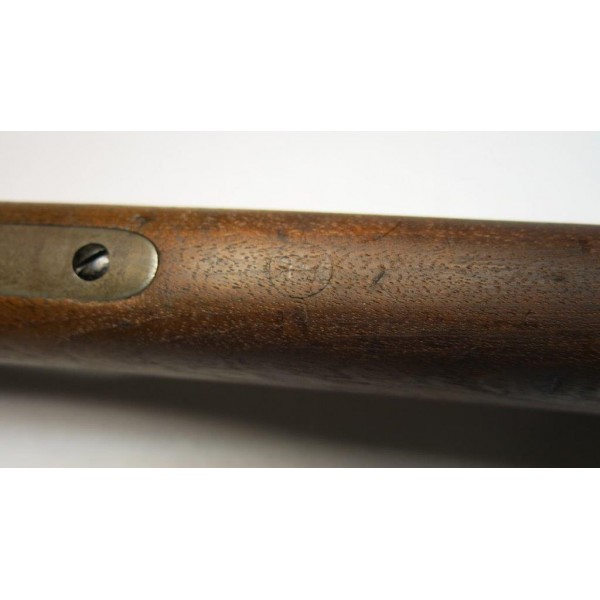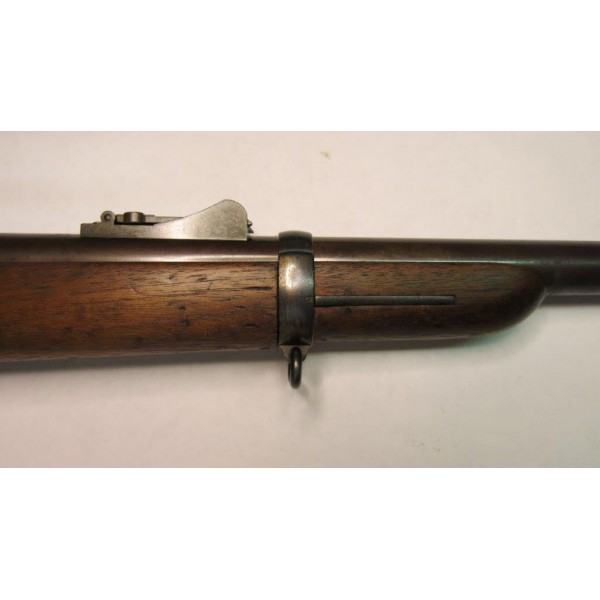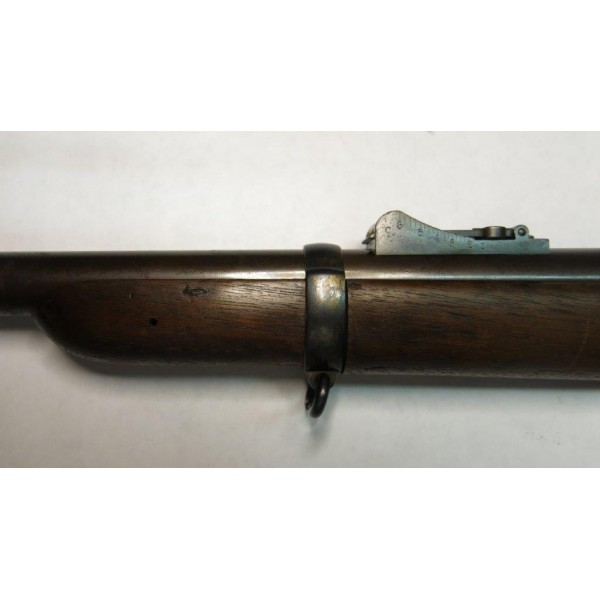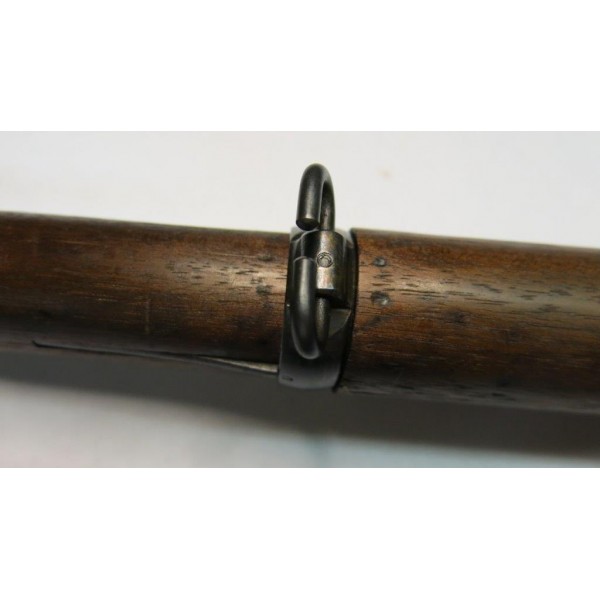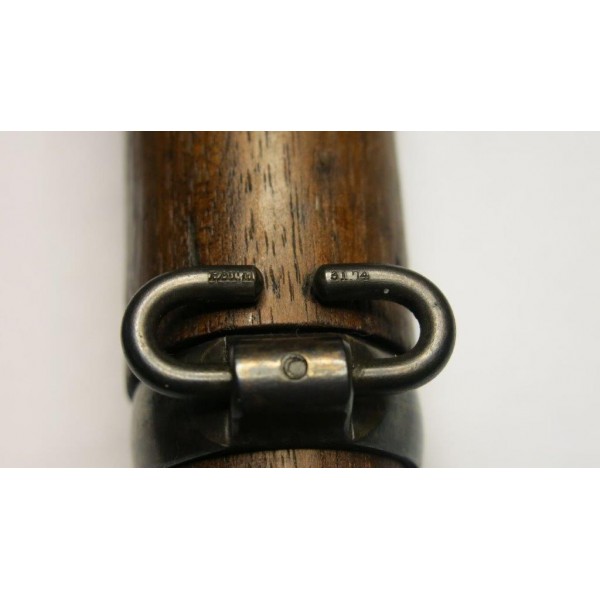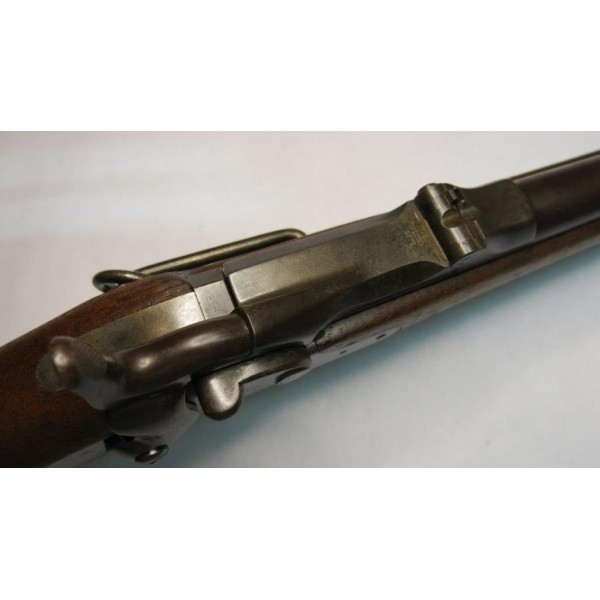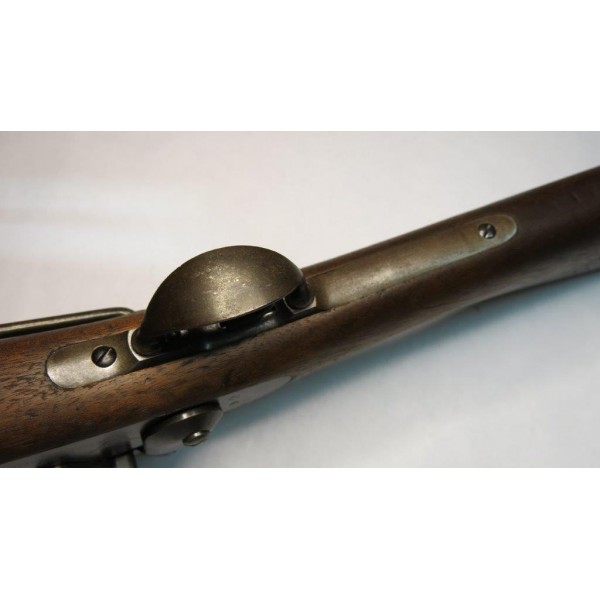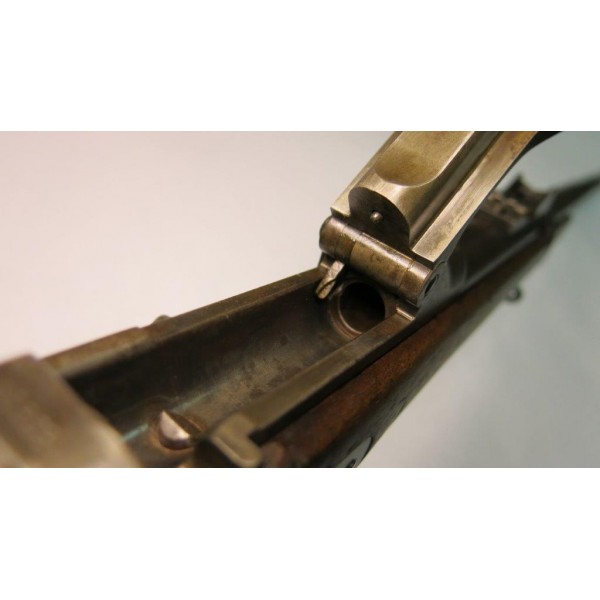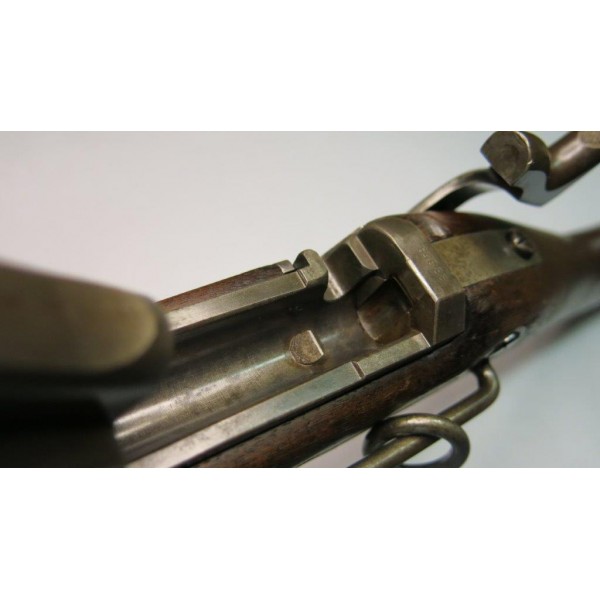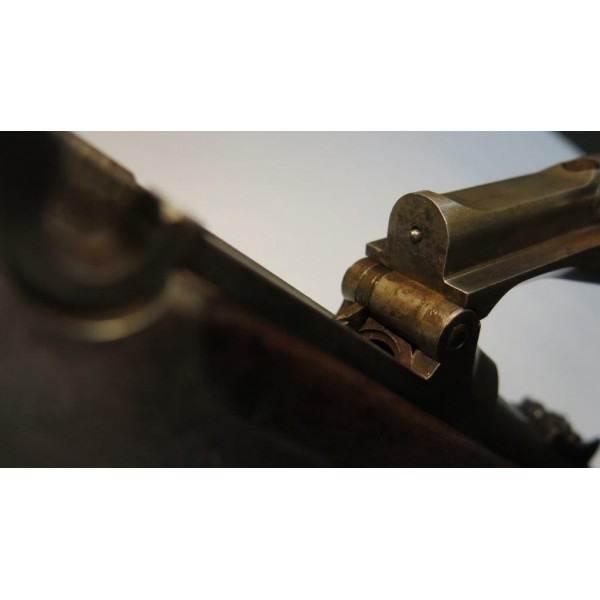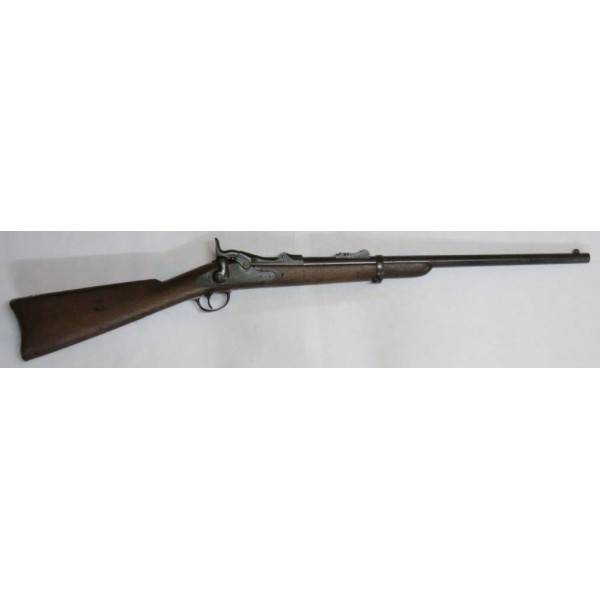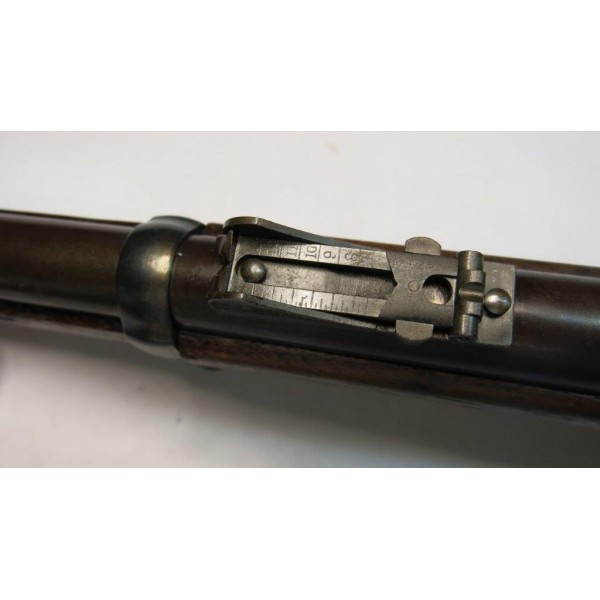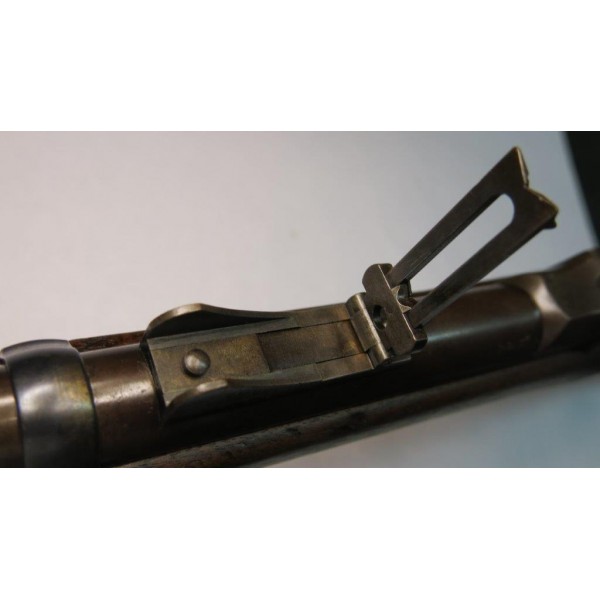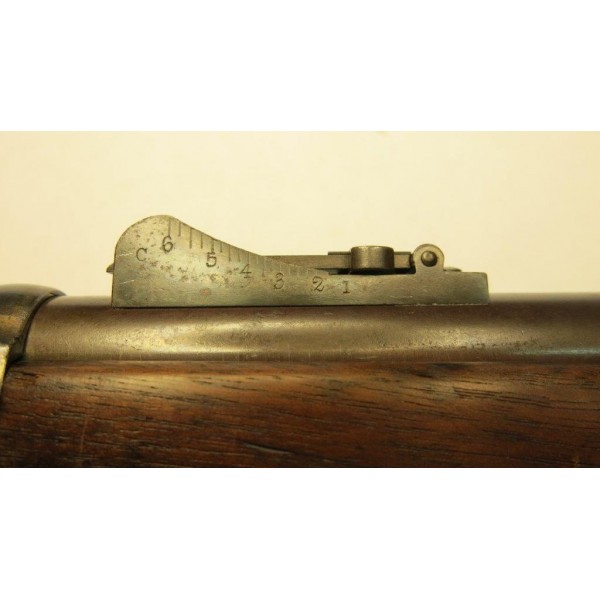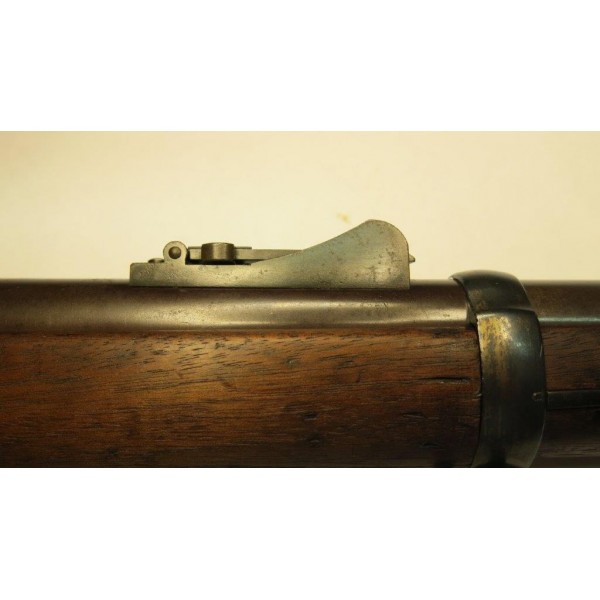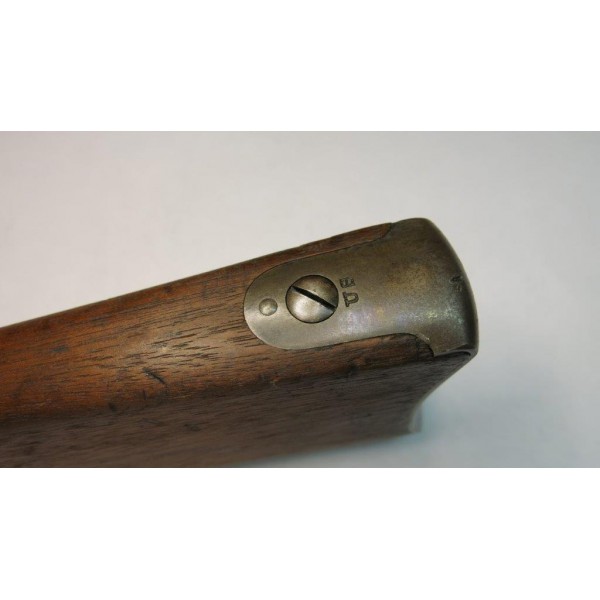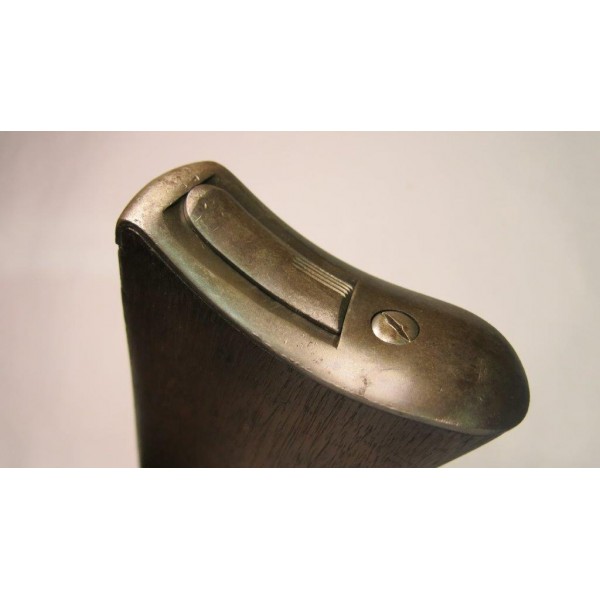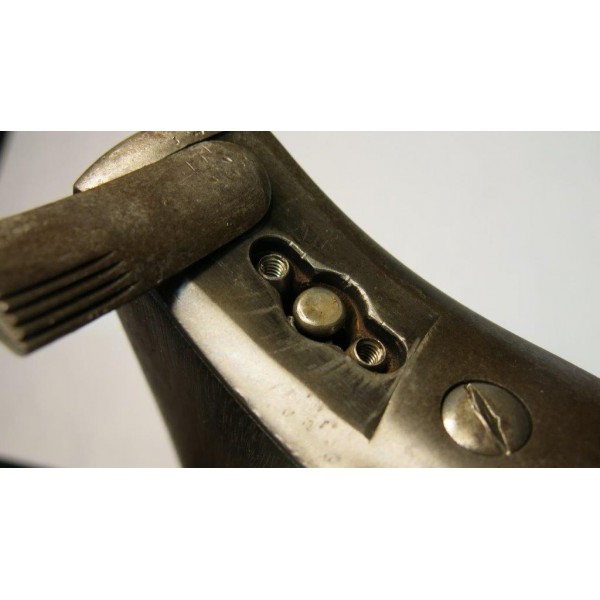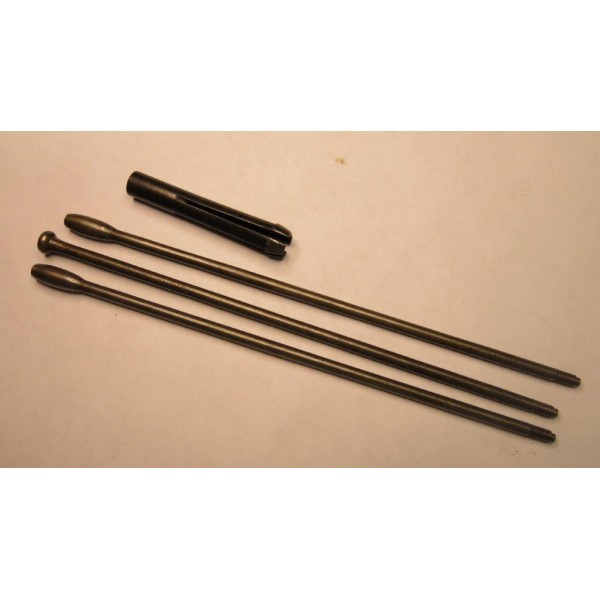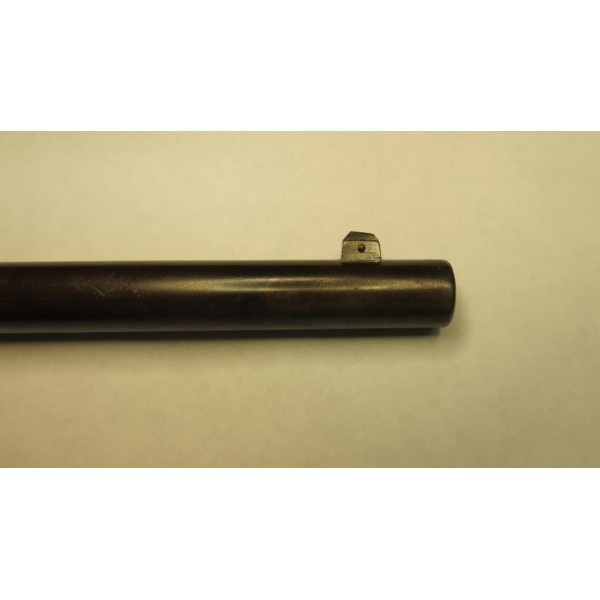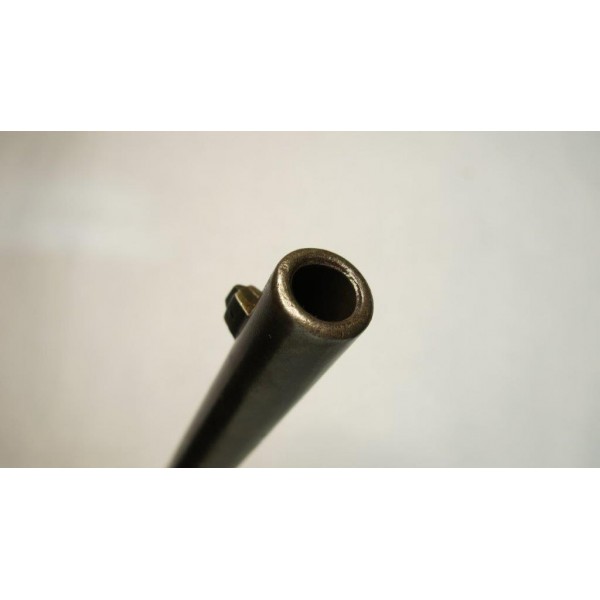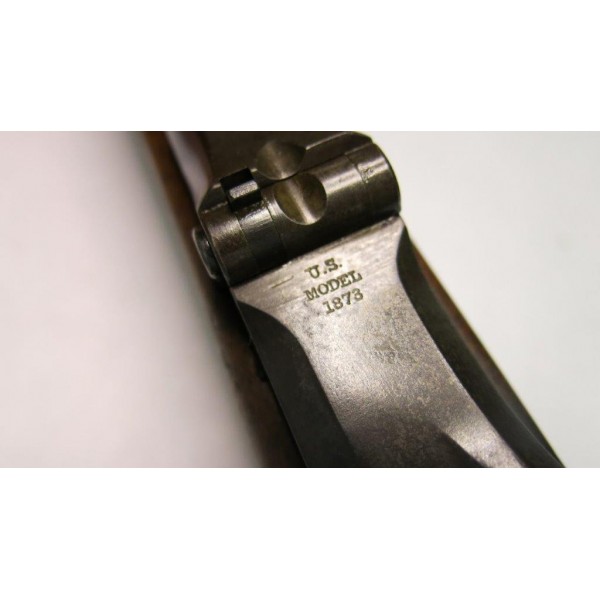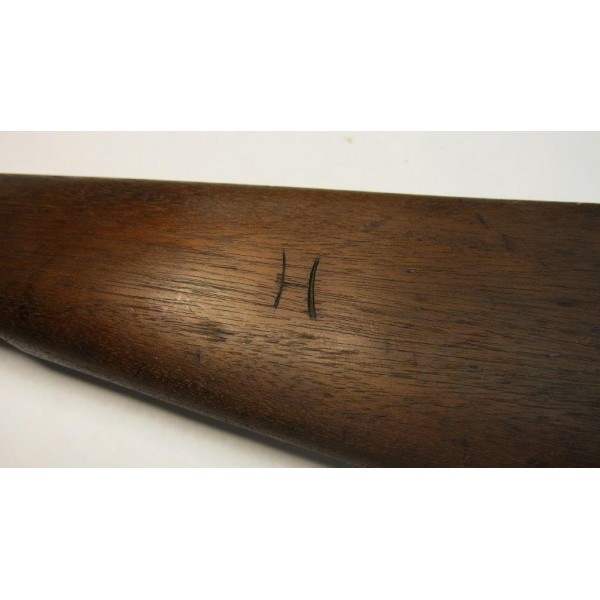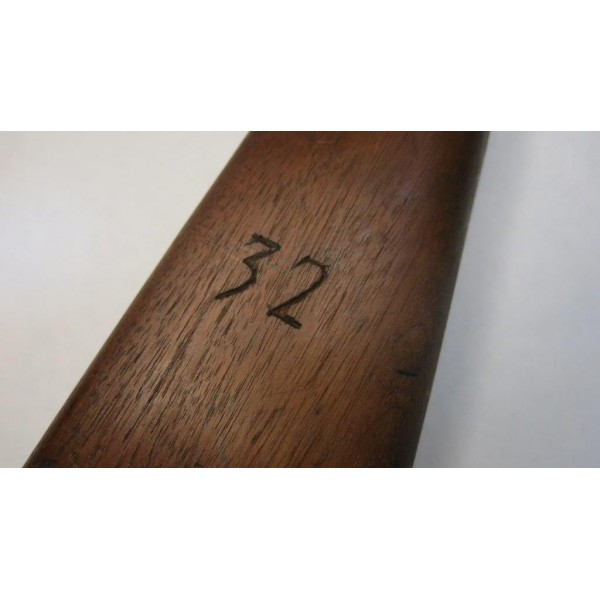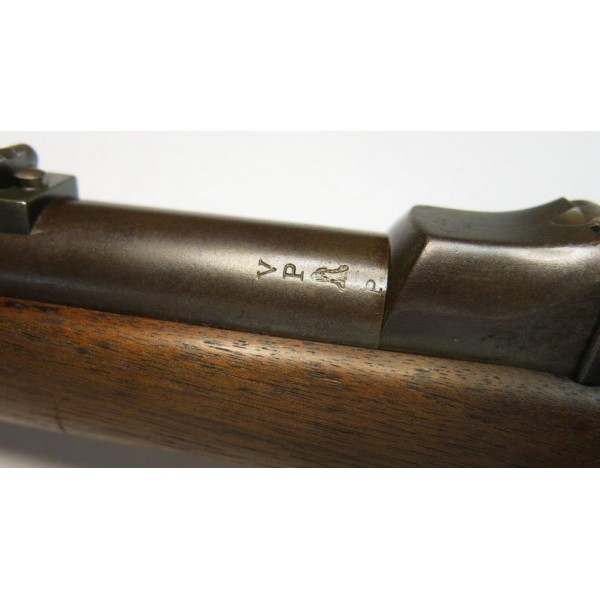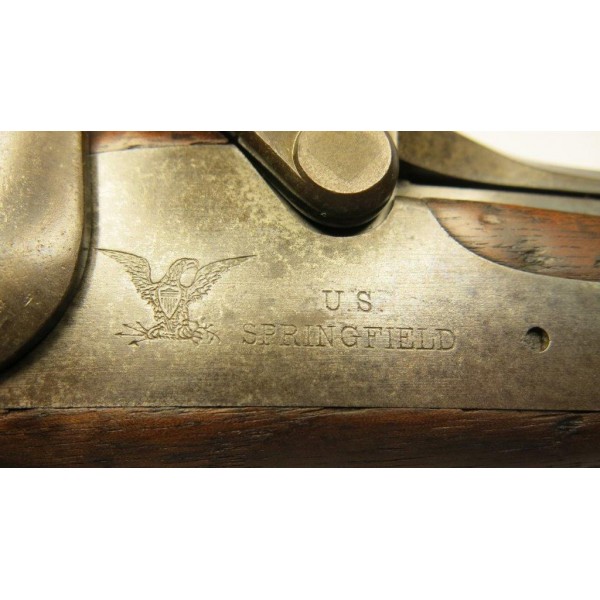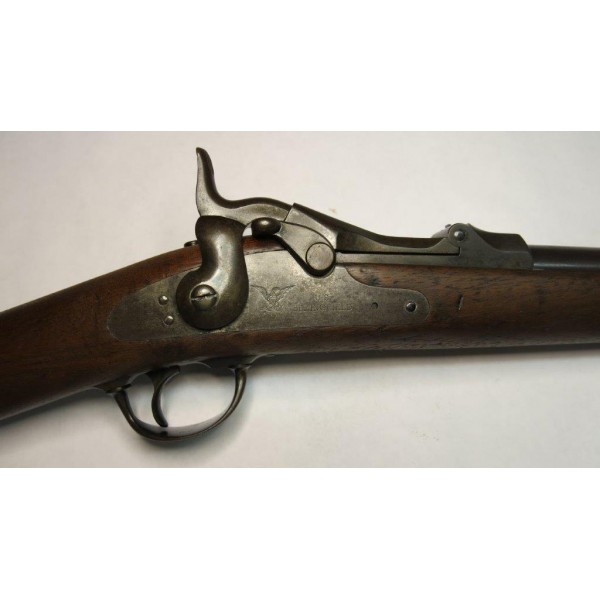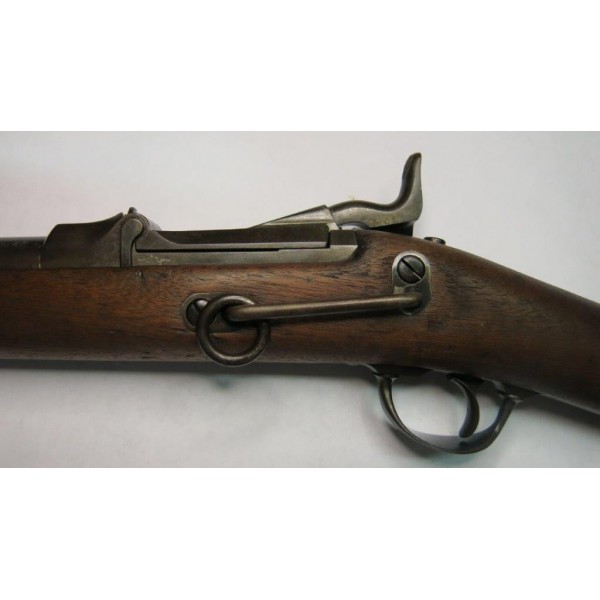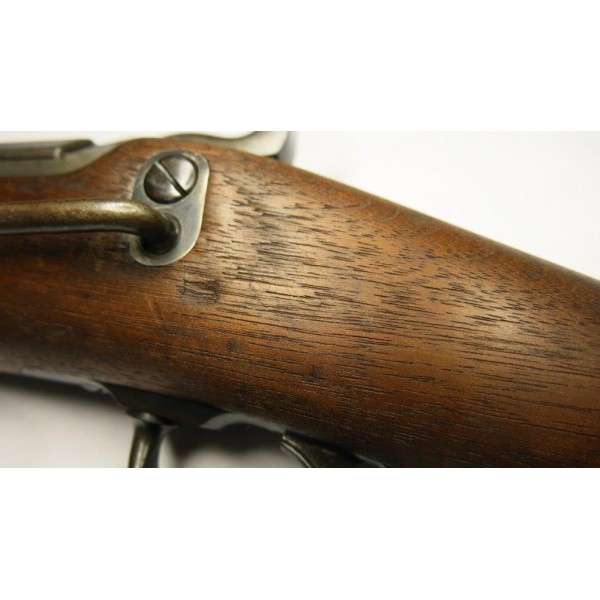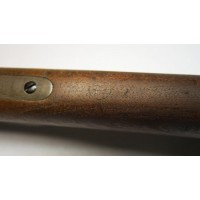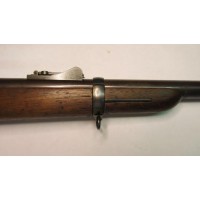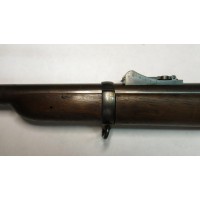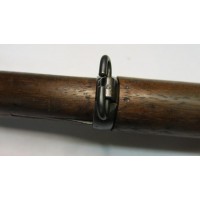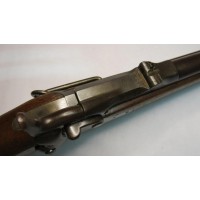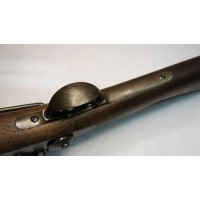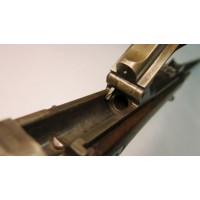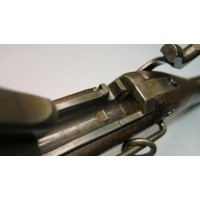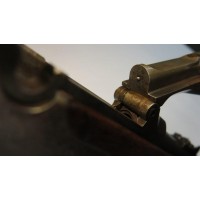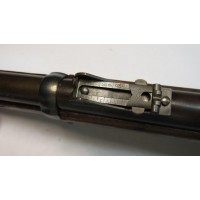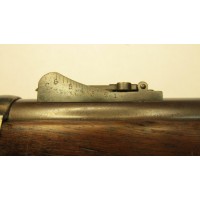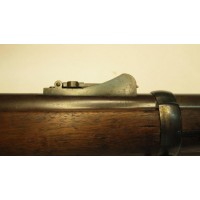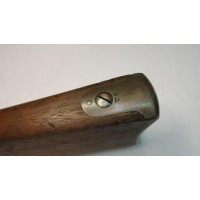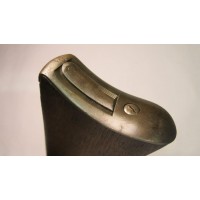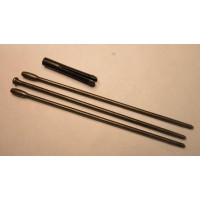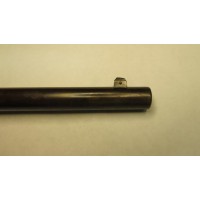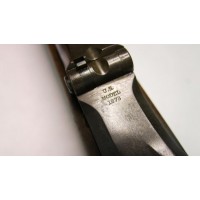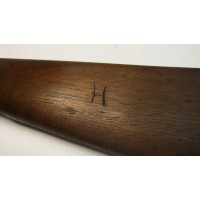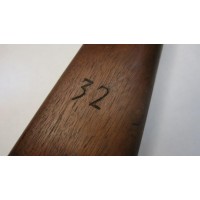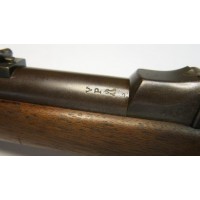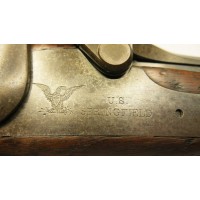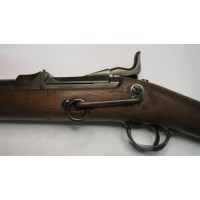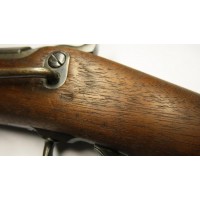Springfield Armory Model 1877 Carbine Serial number 88358
Springfield Armory Model 1877 Carbine
Serial number 88358
.45-55-405
SOLD - $1995
The following quote is taken from Al Frasca’s web site, trapdoorcollector.com.
“The title, Model 1877, pertains only to carbines. Springfield did not designate a Model 1877 rifle or cadet rifle. The change from Model 1873 to Model 1877 was prompted by the addition of the cleaning rod holes in the butt stock of the carbine which required a heavier stock wrist to off-set any weakness the holes may have caused. The rifle and cadet rifles did not have the cleaning rod modification so they retained their Model 1873 designation."
Many collectors use the name, Model 1877 for rifles and cadet rifles as a means of denoting their time of production. However, Springfield only referred to the Model 1877 when discussing carbines.
The model change was brought about by the Little Big Horn battle of 1876, when General George Custer and his men were killed. It was the military's conclusion that access to cleaning rods during the battle would have been advantageous for removing lodged shell casings.
At this time, it is thought that an unaltered Model 1877 carbine, made in early 1877, could have a Model 1873 rear sight. There seems to be some question whether the Model 1877 Type I sight was made for carbines. This point will require further research. The results will be published in the Trapdoor Springfield Newsletter.”
This carbine was made between April and June in 1878. Its configuration is correct in all respects. The stock is of the short wrist long comb variation that was incorporated between serial numbers 70,000 and 72,000. The stock has been lightly sanded sometime in the past. There is sling ring wear on the left wrist and the oval cartouche is faint but visible. If it was legible it wound say EAS over 1878. This style of cartouche was used from serial number 72,000 to 99,000. The firing proof P is visible rear of the trigger plate. There are some nicks, dings and scratches but no cracks or missing wood. The sling ring and bar are the second type with larger wire diameters utilized after serial number 75,100. The butt has a carved number 32 on the right side and a carved letter H on the left and they are 3/4” tall.
The butt plate has the key hole shaped trap opening that was used from about serial numbers 75,000 to 76,000 and up to 130,000. The three section 1877 cleaning rod and the first type 1875 (Tegethoff) shell extractor are present. It is marked on the top tang with US.
The barrel proof marks on the left rear are the larger version used after serial number 67,600. The bottom of the barrel is marked with two P’s. There is an additional mark that appears to be an inspector’s mark that may be a &. There are also two marks that look like quotation marks between the two P’s. The reference marks on the right side of barrel and receiver are in perfect alignment. The bore is in very good condition. The muzzle crown shows moderate rod wear. There is evidence that the muzzle has been lightly re-crowned on the inside edge and shows a slight step and was done many years ago. The barrel has a straight sided flat tenon that was used before serial numbers 92,000 to 93,000. The head space checks perfect.
The early narrow receivers, as on this carbine, were used until about serial numbers 96,400 to 97,000. The gas ports were lengthened and deepened between serial numbers 77,387 and 77,593 or mid 1877.
The low arch breech block has square shoulders. The firing pin tunnels were raised at about serial number 35,000. The firing pin return springs were eliminated on the third type firing pins and they were put into use at about serial number 85,000. The block is marked U.S. / MODEL / 1873.
The thumb piece and cam latch are the second type that was utilized in March of 1876 at about serial number 67,000.
The height of the extractor lug was raised to 0.10” between serial numbers 77,430 and 78,107.
The lock plate is the second type without the 1873 date and utilized after about serial number 80,000. The tumbler has three notches and was used on carbines after serial number 28,000. The hammer is the second type with stamped knurling used after about serial number 45,000.
The trigger plate is a Model 1864 with square pads for the trigger bow. The trigger is the early smooth type used up until about serial number 230,000.
The barrel band has a stacking swivel that was used on carbines between serial numbers 20,000 and 119,000. The swivel is marked PAT.M 31.74. and the band has the small U.
The rear sight is a second type Model 1877 with smooth ramp sides. It was put into use between serial numbers 85,500 and 99,000. The base is graduated from 100 to 600 on the left side and is also marked with the letter C. The leaf is graduated from 700 to 1,200. It is attached to the barrel with slotless screws that appear to be original. The front sight is a two piece with a pinned in first type blade used until about serial number 119,000.
Various markings
Lock plate &, X, 1, A, S, M, B
Tumbler S
Bridle L
Sear M
Sear spring 2
Main spring 16 base end, W hook end
Trigger plate 7
Trigger 3
Receiver bottom rear K
Breech screw 2


